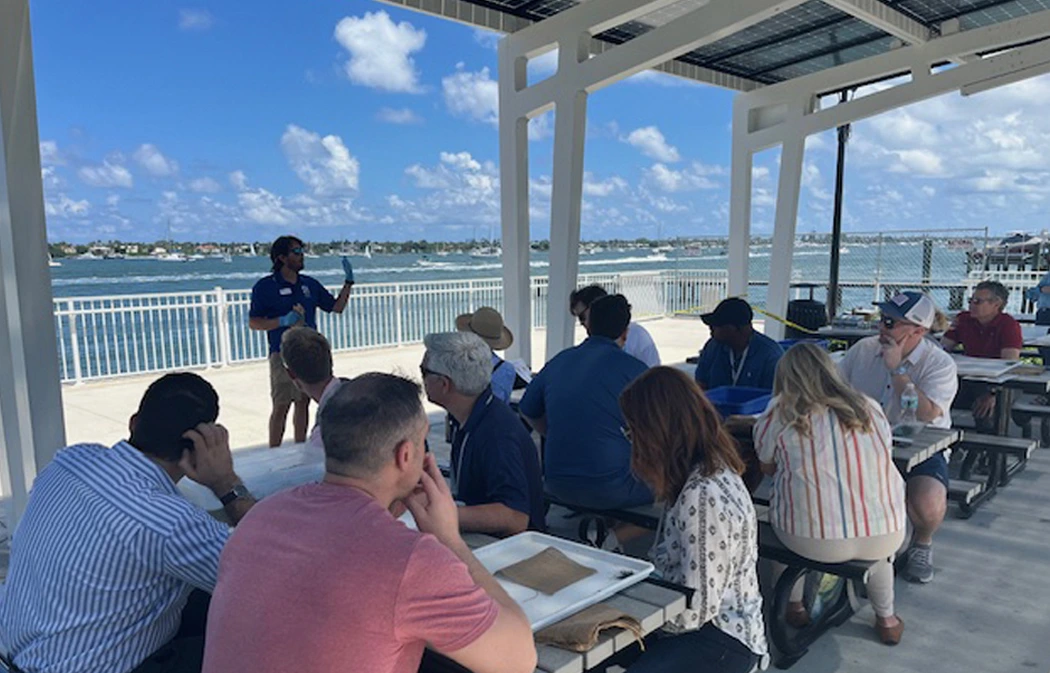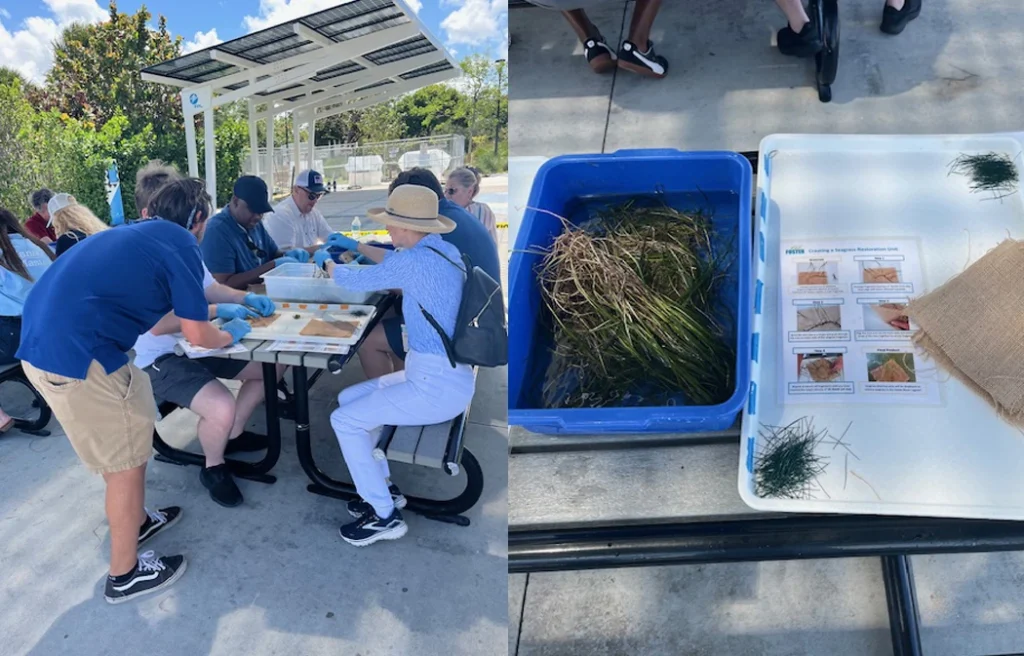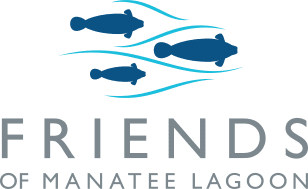Preserving Our Underwater Meadows: Making a Difference
Our community can do many things to help save our seagrass. Some of these things include:
- Reduce pollution: Pollution is one of the leading threats to seagrasses. We can reduce pollution by using less fertilizer, disposing of hazardous waste properly, and picking up litter.
- Support sustainable fishing: Overfishing can lead to seagrass loss by reducing the populations of fish and other marine animals, which helps keep seagrass beds healthy. We can support sustainable fishing by buying seafood from sustainable sources and participating in catch-and-release fishing.
- Be aware of your boat’s impact: Anchoring and dredging can damage seagrass beds. We can help protect seagrass beds by being careful when anchoring our boats and avoiding areas where dredging occurs.
- Get involved in conservation efforts: Many organizations are working to protect seagrasses. We can be engaged in these efforts by volunteering our time, donating money, or spreading the word about the importance of seagrasses.
- By taking these steps, we can help to protect seagrasses and the marine ecosystems that depend on them.
By taking these steps, we can help to protect seagrasses and the marine ecosystems that depend on them.


Palm Beach International Boat Show Gives Back Supporting Seagrass Conservation
Thanks to the funding from the Palm Beach International Boat Show Gives Back, we are pleased to offer environmentally focused volunteer experiences for your team, employees, or community group interested in participating in a seagrass restoration project. Individuals receptive to learning about the benefits and the great need to restore seagrass to the local natural environment are appreciated and valued
Seagrass is the bellwether of health for the Lake Worth Lagoon, and we are passionate about keeping our Intracoastal waterways pristine and healthy. Seagrass is often called the ”lungs of the ocean,” as it is a vital component of our ecosystem. Seagrasses flourish in shallow water and are the bedrock of coastal marine life. They filter pollutants, provide a nursery to aquatic life, and offer manatees and sea turtles their primary food source.
The seagrass restoration experiences are held at Manatee Lagoon, where individuals participate in a hands-on activity (no experience necessary). This volunteer experience focuses on creating a seagrass restoration unit that will be planted in the Lake Worth Lagoon.
Additionally, participants can view the seagrass tanks and nursery, and receive an overview of the Lake Worth Lagoon’s water quality and welfare.
The health of our estuaries reflects the health of marine life populating the waterways. Of course, we have an affinity for the manatees. Still, all marine animals benefit from healthy water rich in oxygen and minerals, as well as a robust food chain that supports life at many levels.

